Annual review: A customary approach and its evolution
Employee annual reviews are common in most companies across the globe. Each year, managers and team members get together to discuss and review how the team performed the previous year, and set goals for the next.
It equips HR managers to gauge employees’ contributions to an organization. It provides an impartial and objective assessment of an employee’s performance and his/her contribution to the team that benefits both the employer and the employee.
- To the employer, it helps fortify the employee’s accountability to meet their goals;
- To the employee, it helps evaluate their own performance.
Besides it being an opportunity for employee coaching, giving feedback and setting goals for the future, it’s also a platform for the employer and employee to discuss openly and freely, which helps build a good rapport between them, and makes the employee feel valued.
However, while in principle, an annual review is beneficial to the organization, employer, employees and stakeholders, a 2013 survey by Mercer stated that many organizations are doing away with performance reviews. Off late, it has been receiving a lot of backlash owing to claims that the process is dated, ineffective, and needs revamping.
The Advantages and Limitations of the Annual Reviews
Are employee annual reviews of value to your organization? Or should you be looking at alternative ways of evaluating your employees?
Let’s take a closer look at the advantages and limitations of conducting an annual review, and explore some possibilities on how to smooth out the rough edges of the traditional annual review process. This will help you decide on the performance review system that would work best for your organization.
Advantages
Certain days of the year, every year, are allotted for annual reviews. Which gives employers and employees enough time to plan their topics of discussion and schedule times in their calendars to discuss at length their performance and role.
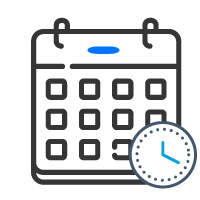
By having a standardized review process, the goal is to make and collect an equitable assessment of the employee’s performance. A standardized review format helps compare performances within the department, across the company, or for an individual from year to year.

It’s not possible for all tiers of management to interact with some employees. A standardized review format is an effective tool for upper management to monitor the performances of all employees, especially those they do not interact with on a regular basis. It helps them have an informed discussion with middle management about their respective teams.

In the words of Lori Goler (Head of HR at Facebook), Janelle Gale (Vice President, Human Resources at Facebook), and Adam Grant (Organizational psychologist and Author), “People want to know where they stand, and performance evaluations offer transparency. They help employees understand how their contributions are seen in the organization, and they make it easier for the organization to effectively recognize and reward top performance.”

Performance evaluations indicate what the employee’s key strengths and weaknesses are. Which skill sets can they dial up and which ones do they need to work on. It’s a process through which they know their performance is being gauged.

Limitations
Annual reviews happen just once a year. As a result, for some employees, there is an uptick in performance only closer to the time of review, especially in situations where raises are part of the review process. The rest of the year sees a relaxed or lackadaisical attitude towards work.

Not knowing what to expect during the performance review can lead to high anxiety and stress levels, especially when an entire year’s performance is dependent on this one meeting. In a situation like this, it is hard for some employees to highlight their achievements or talk about their entire year’s performance.

The terms ‘performance review’ or ‘performance appraisal’ have an intimidating and hierarchical ring to it. And right there, it ceases to be a two-way conversation. Rather, it becomes one where the manager has an upper hand in the discussion.

Employees put in a lot of hours of work every day of the year. A document can never fully capture a year’s performance. It can only highlight key achievements. And to appraise an employee based on only what the appraiser thinks are defining moments or key achievements can be unfair and demoralizing.
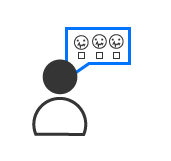
When a well performing employee makes one error closer to the time of a performance review, that error sticks out like a sore thumb and becomes the focus of the review. When a performance review highlights only recent errors or accomplishments, it’s not an ‘annual’ review anymore.

Ranking and rating employees against one another can breed contempt, which can never be a good thing if the company has to advance and grow as a whole. It’s also hard to measure achievement against quantitative goals because we as human beings have our own strengths and weaknesses and approach to working, so a qualitative approach might work better to gauge performance.
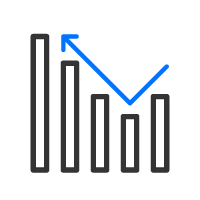
Annual review process: Changing with times.
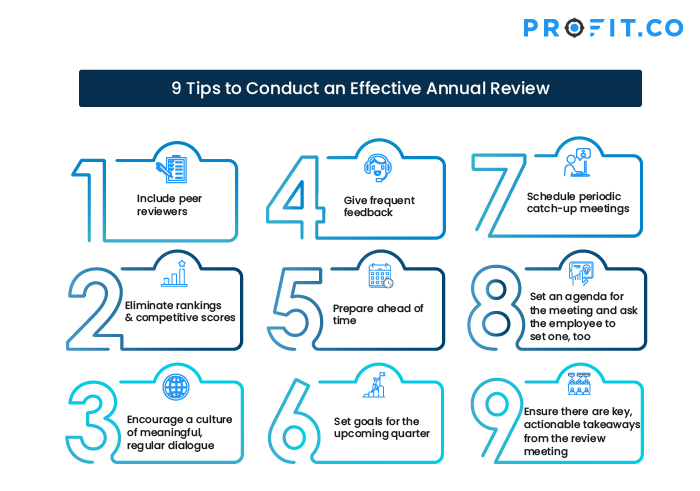
Annual performance reviews have their fair share of strengths and weaknesses. While some companies have turned their backs on the employee performance review process, it is still alive in some companies like Facebook. Should you decide to go ahead with annual reviews as a way of evaluating employee performance, consider these annual review tips to make it more meaningful and relevant to today’s work culture.
How to conduct your annual review efficiently and effectively?
When 30 minutes is all you have, to discuss an entire year’s worth of work, you can only cover a very limited number of defining moments. And even within those limited number of topics, certain topics can dominate the entire 30-minute window. Which is why it’s a good idea to include reviews from co-workers in the performance review process. This helps authenticate the employee’s report and potentially help cover more ground during the review process. Affinity-Based reviews in the Profit.co software allow you to do just that, with the option to add in peers to a performance review so that HR can get a 360-degree view of an employee’s performance.
It’s bad enough that a performance review can be stressful and awkward. Add rankings and competitive scores to make it worse. By getting rid of the ranking process based on a standardized template, you can focus more on the individual — his/her strengths and weaknesses and their potential to grow, which, in turn, builds trust and camaraderie amongst employees. If you do require a quantitative measurement of employee performance, the Profit.co software calculates the Profit Score for employee assessments. This score is determined by calculating an employee’s reporting promptness, personal achievement of OKRs, team achievement of OKRs, and the progress of aligned OKRs. This takes into consideration many facets of an employee’s experience, and also offers a quantifiable score to help contextualize employee performance in the scheme of the company and team members.
Put an end to the classic annual review process that doesn’t quite fit in with the way organizations function these days. Instead, make room for meaningful, regular dialogue between management and employees for a more open, ‘at ease’, and productive work environment.
Profit.co’s Check-ins allows managers to consistently be informed of employee progress. This means that when employees and managers do sit down to have a conversation, very little time needs to be spent going back and forth on what was completed. Instead, meetings can begin with a discussion on what is working, where an employee needs more support, and what roadblocks stand in between an employee and their goal.
Employees prefer frequent feedback over a detailed review that happens once a year. Frequent, informal interaction with the management makes the employee feel less stressed and more responsive to feedback. And has a positive vibe overall.
One-on-one feedback has many purposes. Profit.co’s Performance management software enables employees to carry out self-assessments and managers to conduct 1 on 1 employee reviews. Both self-assessments and 1 on 1 manager-employee reviews are based on competencies & graphic rating scales. Employees and managers can provide comments and use the interactive Graphic rating scale (GRS) to rate against competencies identified for each job title. While it lets employees know that they’re being held accountable for their work, it also provides the opportunity for them to ask questions and feel seen and understood by their manager.
Performance Reviews in Profit.co allow for this direct feedback, and employees and managers can thoughtfully consider all aspects of an employee’s experience at a company before meeting in person and discussing.
Performance evaluation is no longer just an annual affair. As the name suggests, it is a year-round, ongoing process where managers converse with employees, exchange feedback and award recognition to contributions of employees. So it’s one that you need to be prepared for and plan well ahead of time. Be clear on what the review process must entail, and how to conduct it. This will help you give detailed and informed feedback.
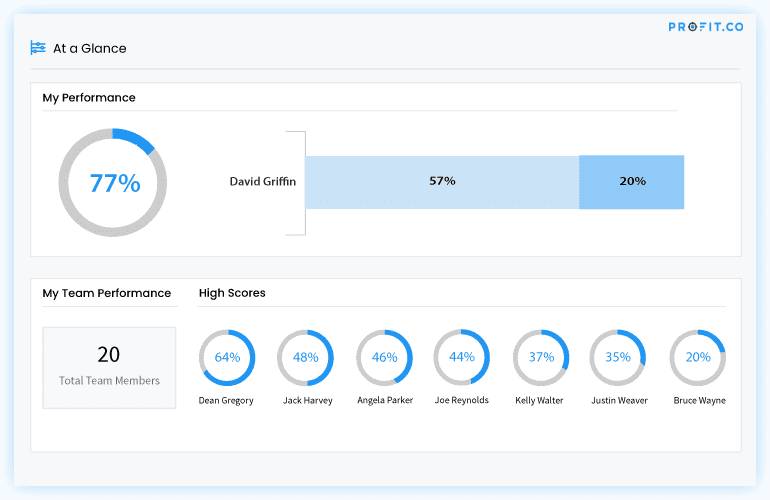
Profit Score in the Profit.co software takes into account all the different components of an employee’s review– from the frequency of check-ins to their self-assessment. This emphasizes that their review is not about a fixed point in the quarter or year– it takes into consideration all employee performance, and encourages employees to give their full effort throughout the entirety of the quarter.
At the beginning of the year, set goals for the team and discuss it with them so that everybody is on the same page. Each member of the team must know what is expected of them and what their individual goals are. They need to realize that while they all have individual goals to achieve, it all leads to the development of the team, and the organization as a whole.
Hold periodic ‘catch up’ meetings with the members of the team. This helps all team members to never lose sight of the goal/s. Whether you choose to have them every month, or quarterly, schedule these meetings at the beginning of the year into your calendars.
OKRs allow for total team coordination. Traditionally, OKRs at the department or team level will follow a quarterly cycle. Once a manager or department head defines an OKR for a team, key results can be assigned to certain employees, and the step-by-step process of how a team will go from zero progress to the achievement of an aspirational goal becomes clearer. Progress is monitored with weekly check-ins, which remind employees where their priorities should lie.
Jason Lauritsen, a human resources thought leader, developed the 4×4 performance management process. Instead of annual reviews, 4×4s require quarterly reviews.
The 4×4 performance management process also focuses on four defined questions.
- What are your most significant accomplishments since we last met?
- What are the most important things you will focus on before we meet next?
- What obstacles are you encountering right now?
- What can I do better or differently as your manager to support you?
These questions also help recap the previous meeting and set the stage for the next, and ensures every team member stays on track.
Discussions during these meetings must be a conversation, and not a ‘lecture’. Set a pre-meeting before the day of the actual review. Encourage each employee to share their thoughts, a self-evaluation, a summary of their key job responsibilities, current project work, and a recap of goals and achievements. These go a long way in being prepared for the review and makes it less daunting.
The meeting must yield some key takeaways. There needs to be a clearly defined, achievable action plan and a to-do list for every member of the team. There should be no room for ambiguity when it comes to defining the role and responsibilities for each team member.
Annual reviews can be made to work – There’s never a one size fits all. Each organization is different. Every organization has its own culture, personality, challenges, and business requirements that need to be met. These determine what the performance review process should be like – as long as the review process fosters a work culture that motivates employees to achieve their potential. For when it’s done well, it benefits the manager, the employee and the organization as a whole.
Profit.co’s comprehensive software supports a highly customizable Performance Management module , which allows you to tailor performance review to your specific needs. Profit.co provides a multi-step review process that allows an employee to fully express their experience and progress in the workplace as well as get input from peers and their manager, you can gain a 360-degree view of all facets of an employee’s work-life and turn your dreaded annual performance reviews into a useful, effective, and informative conversation.
Related Articles
-
How to Balance Subjective and Objective Performance Appraisals for Better Results
We’ve all heard about performance reviews, the ones where employees are rated on a scale, with ratings like "meets expectations"... Read more
-
Showcase Early Wins for a Succesful Product Adoption
Starting a product rollout can feel like jumping off a cliff, hoping the parachute opens. But instead of hoping for... Read more
-
Rethinking Performance Management: The GAIN Model for Success
Effective performance management has become a critical component of success for any organization in navigating the complexities of modern business.... Read more
-
How Does Transparency in the Workplace Impact Organizational Performance?
Lack of transparency can create major challenges in today’s workplace. It leads to confusion, disengagement, and inefficiency in carrying out... Read more
